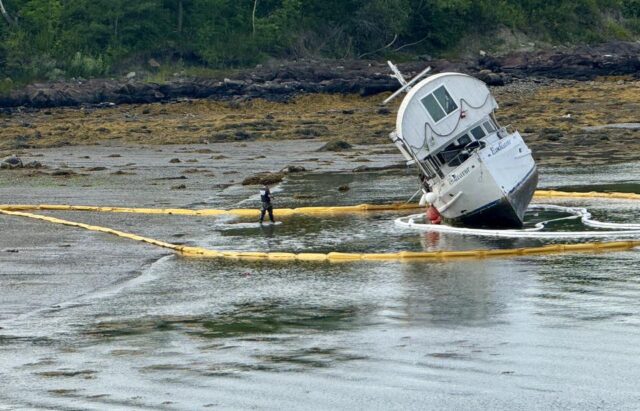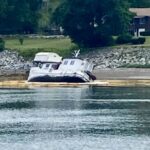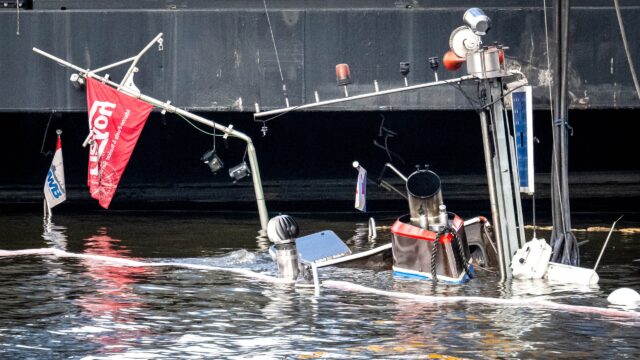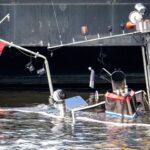Presque Isle
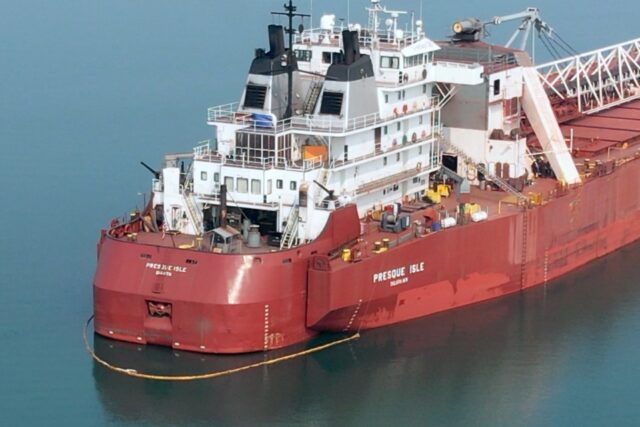
On the morning of July 29, the 305 meter long self-unloading bulk carrier Presque Isle (IMO: 7303877) released pollution on the St. Marys River near Neebish Island, Michigan. The Presque Isle was heading upbound towards the Soo Locks when it suffered steering issues. The bulk carrier proceeded several miles where it could drop anchor and investigate the issue. During the investigation, the crew found some 20 gallons of hydraulic oil had been discharged into the river with a visible sheen. A boom was placed around the stern of the Presque Isle to contain the pollution. Traffic was halted on the river while authorities completed a survey. Reports stated that traffic was reopened later and that the oil sheen had dissipated a few days later.
